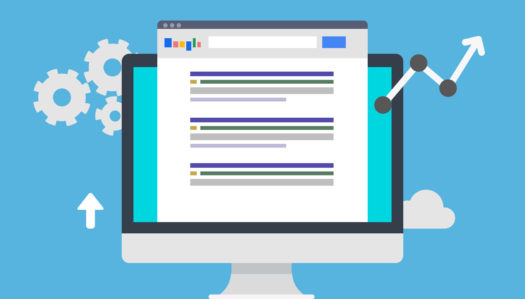
What has Changed?
In such cases advertisers who fall below the as yet undefined monthly spend threshold will see a range of data in the keyword planner instead of specific search volume.
For example, for the keyword ‘buy a puppy’, which has an average monthly search of 1900, ‘low monthly spend’ users will now be informed that the average monthly search volume for that same keyword is 1K–10K. Which isn’t very helpful at all.
The ranges, as you can see below, are extremely broad –
- 01–100
- 100–1K
- 1K–10K
- 10K–100K
- 100K–1M
- 1M+
Google has been experimenting with limiting access to their data for a little while. Just last month some users reported that they had received a message saying that they needed to have an active campaign to access monthly search volume data. What looked like a bug at the time, now appears to be evidence of long standing commitment to making search volume data harder to access for low spenders.
Bad News for Inactive Accounts
So what constitutes a ‘lower monthly spend’ in Google’s eyes? Unfortunately, we don’t know, because they won’t tell us. Google employee CassieH posted on the advertisercommunity.com forums that there are no
“specific spend requirements or data limit amounts that I can share, and there are no changes planned at this time.”
A semblance of clarity did emerge later courtesy of a contributor to the same forum, Lance C, who reported that a Google support rep had told him that
“there must be continuous activity in your google adwords campaign (clicks and campaigns running) for a minimum of 3-4 months continuous in order to gain focused keyword results. If you are seeing a range 10-100 or 100-1k or 1k -10k it’s likely your adwords account does not have an active campaign or has not had continuous campaigns or clicks.”
If this is the case then this will make keyword data even harder to access then first thought. For those unable to access the data and hoping to do so, it’s not simply a case of running a couple of campaigns at a certain monthly spend, but of doing so over a period of months.
The Forecast
So what now for inactive or low spending users? Google has recommend that they use the forecast feature. This feature allows you to see detailed monthly projections for clicks, impressions and cost. This data can be viewed at ad group level, and can be dug into deeper in the keywords tab which brings up projected CTR rate, average CPC and average position.
This is a really great tool, and one which people should definitely be using far more often. However, the problem is that the forecasting data is geared heavily towards AdWords campaigns. As such it is unlikely to be of any use to those wishing to gain insight into organic search data, such as SEOs and content marketers.
But perhaps that was Google’s intention all along, to monetise the keyword planner, and to funnel users into using their AdWords platform. If ‘organic’ marketers want to use this data, then it appears Google is going to make them pay for it.
For what it’s worth, Google maintains that they made the change to
“prevent “bots” from submitting an overwhelming number of searches in Keyword Planner, which was slowing down the tool and occasionally causing errors that prevented people from using the tool.”
This explanation hasn’t gone down particularly well online, but it is possible that Google were at least partially motivated by this. There are a number of rival keyword tools out there, some of which crawl the Keyword Planner and return Google’s results as their own.
Whatever Google’s reasons, the final result is the same. The days of free monthly search data for everyone are gone, if you want full access to the Keyword Planner from now on you are now going to have to pay for it.